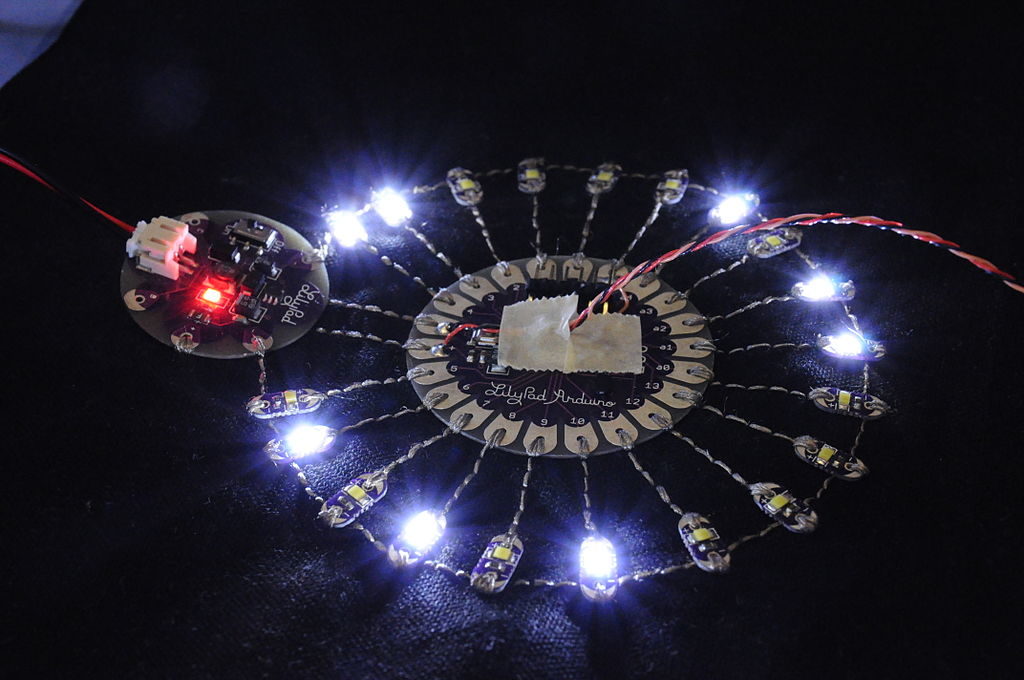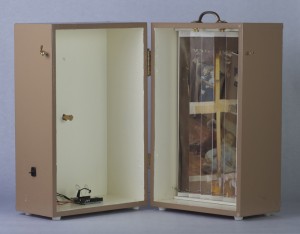For my summer 2017 classes in my coursework at Michigan State University (Master of Arts in Educational Technology), I am being challenged to learn something new using only online resources, such as YouTube, my professional learning network, and Internet help forums. When this challenge was issued, I immediately gravitated toward learning to program Arduino.
WHY ARE WE DOING THIS?
This period in education is an exciting one, one in which many students have technology at their fingertips. Although social media can be a distraction, it can also be a tool in the classroom. According to Ito et al. (2013), we can utilize social media for connected learning, and through connected learning, some equity gaps we see in school can be closed.
Wealthy families have already taken advantage of technology to provide additional learning experiences for their children, widening the equity gap. Nevertheless, through the power of connected learning, all students have access to a network of peers and caring adults. When using social media for learning, subject matter becomes “interest-powered,” relevant, and interesting to the learner (Ito et al., 2013, p. 4).
This is an ambitious project; however, by undertaking this, I will gain meaningful and firsthand experience with the power of connected learning. And through this experience, I expect to become an avid proponent of this method of learning.
INSPIRATION
I am an artist and maker. I especially love to make things that are 3-dimensional and interactive, such as a sculpture I once made. When the viewer pressed a button, a light illuminated the inside of the sculpture for a few seconds, then flickered and went out. That light was controlled by Arduino.
The making of that sculpture was exciting, and allowed me to grow as an artist. I learned about making boxes, pushed my Photoshop skills, and designed and crafted a mechanism that made the images inside change, among other skills. However, when it came to that Arduino, I was stuck. Without time to learn the processes of coding and soldering that would be required to make that Arduino do what I wanted, I solicited the services of my husband to make the electronics work. Many times I have reflected on that sculpture as one of my favorite artworks that I have made, but that at the same time showed one of my shortcomings as a maker.
WHAT I’M GOING TO DO
Arduino is a favorite tool of artists and makers. It is a programmable microcontroller. While I am still figuring out what exactly that means, I do understand that it involves a small piece of hardware (smaller than a phone) that can be programmed using Arduino software. It can process a variety of inputs, and give some sort of output.
Although Arduino is capable of producing many types of output, I will program my Arduino to do something with light. I plan to use my newly programmed microcontroller to illuminate a tutu that my daughter has. There are many resources on the Internet for using Lilypad Arduino, including an article by Gadget Hacks, How to Embed Lights Into Fabric and Clothes with LilyPad.
Here is just one example of an Arduino microcontroller being used by an artist. This image is of a Lilypad Arduino in use:

Figure 1. A flexible Lilypad Arduino sewn in textiles with 20 LEDs which fade in and out at random. Osamu Iwasaki, 2009, (Flickr), via Wikimedia Commons. Used under Creative Commons Attribution-Share Alike 2.0 Generic License.
To get started with preparing for this project, I bookmarked just a few of the many Arduino resources that are available on the Internet:
- “an absolute beginners’ guide to Arduino”
- Arduino forum
- Arduino board on Pinterest
- Arduino playlist on YouTube
Related Posts
This is the first of three posts about learning to code the Arduino. You can read an update about my early progress in my second post. You can read about how it all worked out in my third post.
References
Ito, M., Gutiérrez, K., Livingstone, S., Penuel, B., Rhodes, J., Salen, K., . . . Watkins, S. (2013). Connect learning: An agenda for research and design: A research synthesis report of the Connected Learning Research Network (summary) (Rep.). Irvine, CA: Digital Media and Learning Research Hub.
Images
Iwasaki, O. (Photographer). (2009). A flexible Lilypad Arduino sewn in textiles with 20 LEDs which fade in and out at random [digital image]. Retrieved from Wikimedia Commons website: https://commons.wikimedia.org/wiki/File:Lilypad_Arduino_with_fading_LEDs.jpg
All other images in this blog post were created by Sarah Van Loo.

